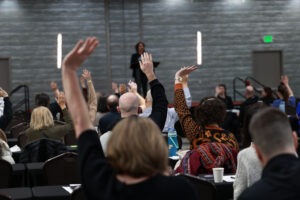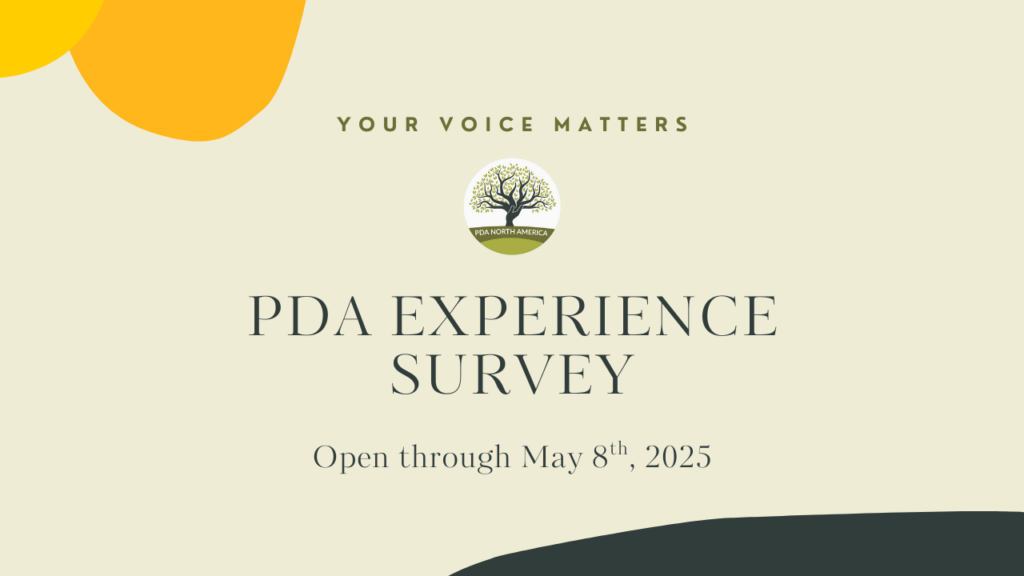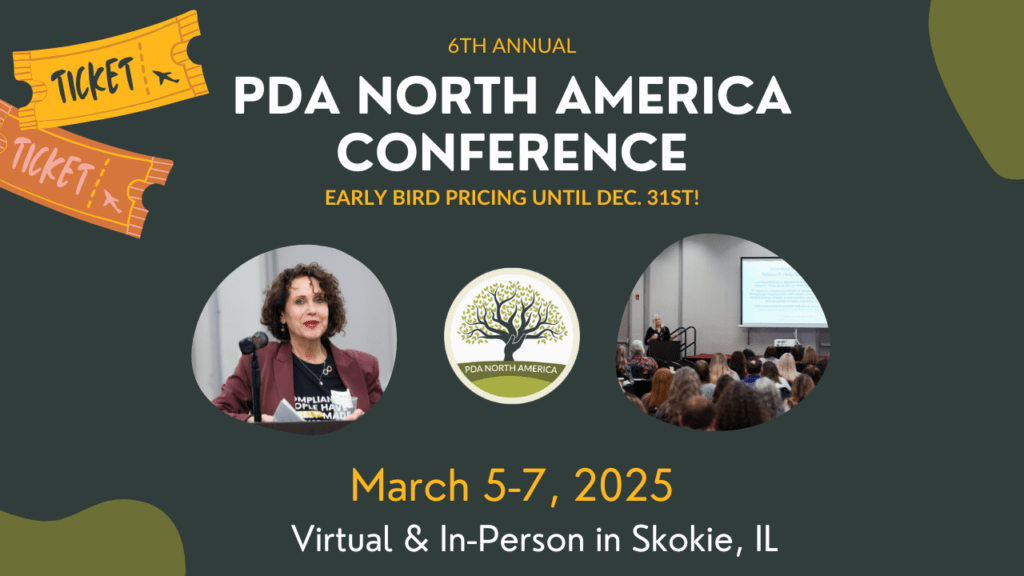by Stephanie Myung, Former BCBA. Current PDA parent.
This is not fearmongering, this is the lived reality for many high support needs PDA autists whose neurobiology perceives most of the world as threatening (due to their extremely sensitive neuroception), which often puts them into high states of distress( e.g., automatic “fight or flight” activation) that overrides their ability to meet basic needs as well as overrides their safety instincts.
This is the lived reality for many parents of PDA autists who the general public and many professionals observe as a having an “explosive child” or teen that goes from 0-60 instantly, when in actuality, they have a child or teen that starts each day at 50, due to their neurobiology and nervous system disability. A child or teen that is doing their best to engage in life within their very limited window of tolerance, based on their cumulative autonomic sympathetic nervous system activation, that is automatic and not within their control.
Parents and caregivers of high support need PDA autists do their very best to support their child or teen who engages intense behavioral expressions of their nervous system disability. They know their child is not inherently “noncompliant“, “aggressive“, or “lazy“, or choosing to “make bad decisions“.
This is because they understand that losses of autonomy and equality and internal and external demands register as threats to PDA autistic people, putting them into states of fight, flight, freeze or fawn, so much so they can not access skills to meet their basic survival needs and safety instincts.
Most PDA parents have tried every tried and true, “gold standard“ strategy to help their very dysregulated child comply with safety commands, interact safely with their siblings, play appropriately, share, turn-take, practice sportsmanship, and communicate without engaging in “maladaptive“ behavior, only to realize these strategies rooted in behaviorism dysregulate their child even more, to the point they can no longer function in meeting their basic needs (e.g., eating, sleeping, talking, grooming, toileting, safety).
Through trauma, trial and error, and letting go of well-recognized indicators of success, PDA parents do their best to keep their child regulated, healthy and safe by addressing their nervous system disability and de-escalating their cumulative threat response.
This can look like:
- using declarative/indirect/ non-authoritative language and body language
- removing demands and providing accommodations
- accepting and respecting any form of communication, even if it is not considered “appropriate” or “adaptive”
- providing nervous system co-regulation and high levels of attention
- using humor, especially slap stick and self-deprecating humor
- engaging in pretend play/re-balancing/ equalizing play
- increasing autonomy
- providing access to novelty and preferred (dopamine & serotonin producing) activities
For PDA autism families, every day distress levels vary in intensity in what may be observed as meltdowns, yelling, eloping, throwing/hitting/kicking/biting, property destruction, etc.
On the hard days, their child’s threat response would be observed by most people as “blind rage” as they unaware of their environment and operating from their survival brain with little to no access to their rational thinking.
In these instances, someone trying to talk and reason with them, yelling at them or threatening violence, will only further escalate their automatic “fight” state.
PDA parents of children or teens with high support needs have been in countless situations where they feel desperately helpless as extraneous variables beyond their control in life intersect with their child who is in a state of distress.
They live in states of functional hyper-vigilance, knowing they may need to de-escalate an automatic threat response that can be intense and potentially dangerous, at almost any moment, with little to no outside support, as the nature of their child’s nervous system disability is cumulative, unpredictable and fluctuating and very much misunderstood.
This is why basic understanding of PDA autism is critical to the safety of neurodivergent people with nervous system disabilities.
Neurodivergent families need friends, teachers, therapists, neighbors, firefighters, police, and medical professionals to understand PDA autism for reasons far beyond awareness and acceptance, we need understanding so that our children and teens can remain safe and alive.
The many layers of complexity, nuance and intersectionality have and will always exist.
Basic understanding of PDA autism is the first step towards building “compassion for capacity” so that systems intended “serve”, “educate”, “support”, “treat” and “protect” may actually do just that, for ALL people of all abilities.
Connect with Stephanie and follow more of her PDA musings on her Instagram.







